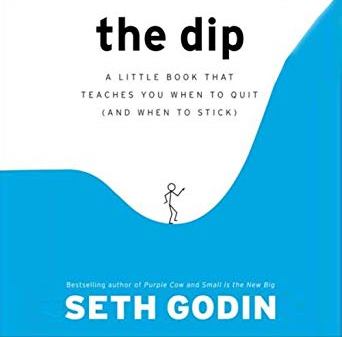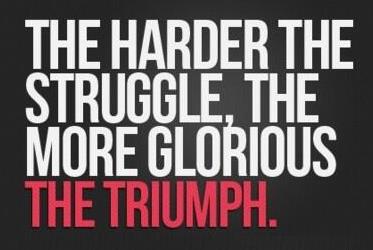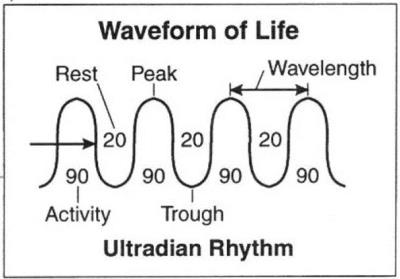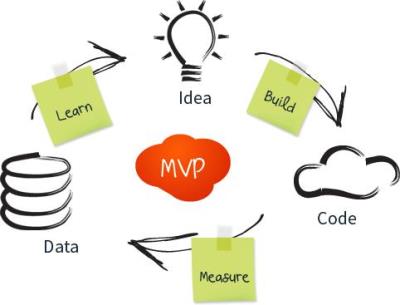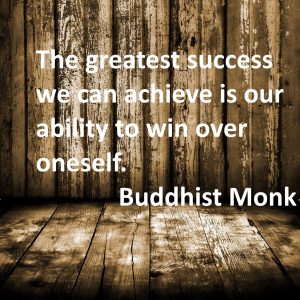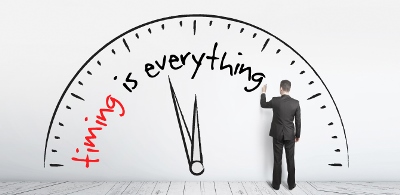There seem to be an increasing awareness that simultaneous invention is more the rule than the exception. This means that when society reaches a certain stage of technological development, certain inventions become inevitable – and this tends to happen more and more often. This excellent Quartz post ‘Simultaneous invention’ summarizes this awareness, that can be complemented by Malcolm Gladwell’s article in the New Yorker ‘In the Air’.
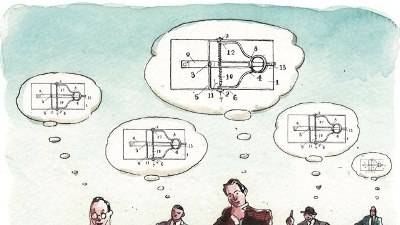
“The whole history of inventions is one endless chain of parallel instances. There may be those who see in these pulsing events only a meaningless play of capricious fortuitousness; but there will be others to whom they reveal a glimpse of a great and inspiring inevitability which rises as far above the accidents of personality.” It would be the availability of scientific knowledge, and its continuous increase, that would create this inevitability.
We need to accept that invention results from building on others’ ideas and findings, and that as more and more people devote time and effort to invention, more and more inventions will be simultaneous in several places and contexts.
Of course, as the Quartz article remarks, this creates an increasing issue with the concept of Intellectual Property – why give the benefit of temporary monopoly to the first that publishes? Isn’t that rather detrimental to society and not as beneficial as conventional theory exposes (the benefit being the publication of the patent)?
Those questions are at the core of the future of Intellectual Property law and should not be underestimated.



